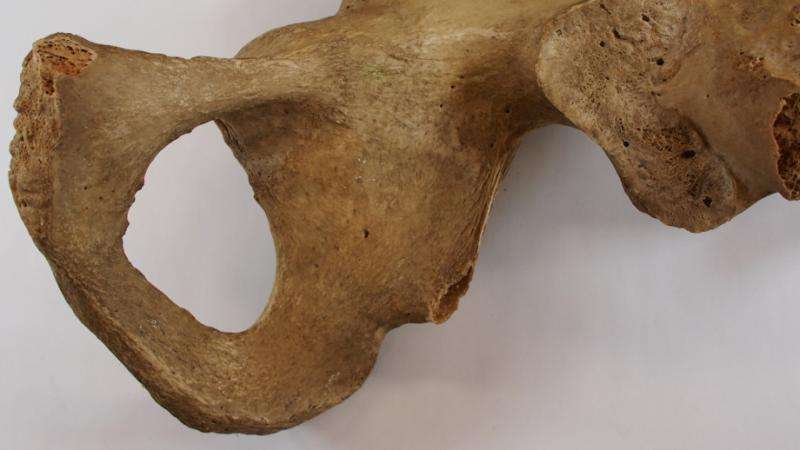Flawed forensic science may be hampering identification of human remains

Research from The Australian National University (ANU) has cast doubt on a method used in forensic science to determine whether skeletal remains are of a person who has given birth.
The presence of parturition scars - marks often found on female pelvis bones - have commonly been used as an indicator of child birth. This technique is used in police investigations to narrow down the identity of human remains.
Project leader ANU PhD candidate Clare McFadden said if skeletal remains were incorrectly identified as being of someone who has given birth, it could lead to complications or delays for important police work.
"In forensics it could have serious consequences. It could send investigators down completely the wrong path," Ms McFadden said.
"It could potentially slow things down by excluding individuals who otherwise would be candidates for the investigation."
Ms McFadden also said that use of the method in archaeology could lead to historical inaccuracies.
Despite the practise being in common use, particularly in the US, since first being proposed in the 1910s, a number of studies into parturition scars have resulted in conflicting findings.
Ms McFadden reanalysed data used for those studies and found the scarring was not a reliable indicator of childbirth.
"We found childbirth has a very weak association with these markers, but they strongly correlate with sex," she said.
"A lot of the older studies only looked at females, but there's men with these scars, so there has to be something else going on."
Ms McFadden said her research found that most females had this type of scarring, compared to a small minority of males.
"We think they might have something to do with going through puberty, a bit like stretch marks on the pelvis," she said.
"Proportionality more females than males go through significant growth of the pelvis during puberty."
The research has been published in the Journal of Forensic Sciences.
More information: Clare McFadden et al. Sex, Parity, and Scars: A Meta-analytic Review, Journal of Forensic Sciences (2017). DOI: 10.1111/1556-4029.13478
Provided by Australian National University




















